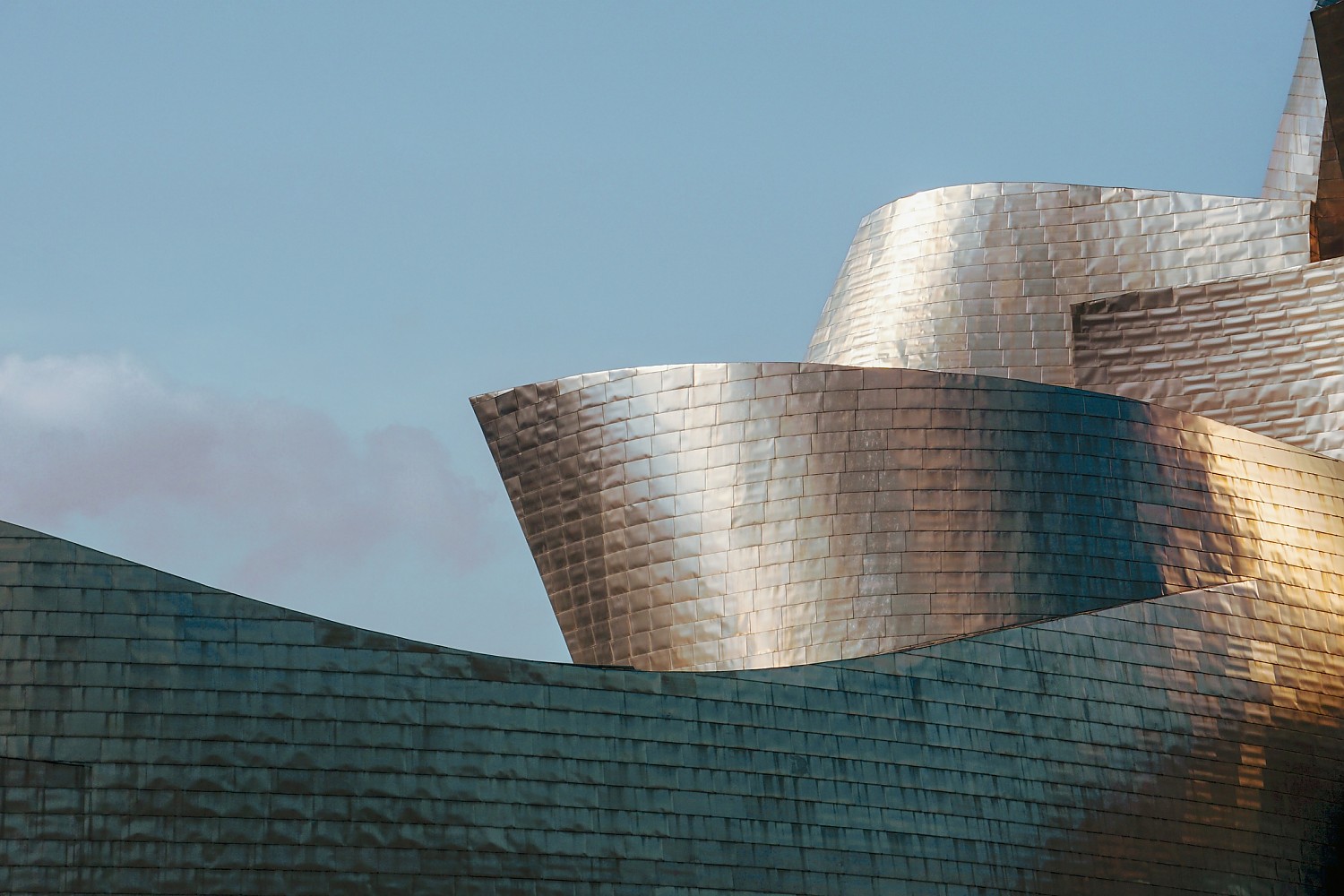In Focus: Exploring the ideal harmony - Frank Gehry's approach to client engagement in project creation
"When you're working with a client, you're working with people. They have feelings, they have needs, that change from day to day".
"When you're working with a client, you're working with people. They have feelings, they have needs, that change from day to day".

This week's inspiration came from an unexpected place: a Masterclass with the famous architect Frank Gehry. Unexpected, because when I set out to attend this class, I wasn't expecting to find a chapter dedicated to the importance of the symbiosis between the creative process and the involvement of the client ("Creating with your client"). Finally, the surprise factor culminated when I realised that what Frank Gehry was saying applied perfectly to web development's reality.
Frank Gehry is known for his unorthodox, volumetric, even sculptural designs, which blur the boundary between art and architecture. His best-known works include the Guggenheim in Bilbao, the Walt Disney Concert Hall in Los Angeles, the Neuer Zollhof in Dusseldorf, the Dancing House in Prague, among others, including his own house in Santa Monica, California. Gehry excels at creating unexpected and twisted forms that break the conventions of building design.
After this brief introduction, let's get down to what really brought you here: Frank Gehry's tips for creating with the client!
Understanding the client's needs
When I started watching the MasterClass, the first thing that struck me was the value of a close and trusting relationship with the client you are working for. It's vital to the success of the project, whether it's architecture or a website.
Gehry begins by emphasizing the importance of communicating well with clients and including them in all stages of the creation and design process. In his opinion, projects developed with this care will gain a unique logic and personality, which comes from this symbiotic process between the client's ideas and ours.
"I think of it as steering a boat, your hands on the tiller, it's subtle, when you're sailing it varies constantly, and things happen, and you have to be open to it."
To explain this better, Gehry gives us the example of Michelangelo, who is well known for his sculpture Pietà and the painting on the ceiling of the Sistine Chapel in the Vatican. For these works, Michelangelo was based on the ideas transmitted by Pope Julius II. In other words, he considered what the Pope wanted for each of the works and the added value that led to the result we all know in both of them was that Michelangelo did them his way.
"During that period" (at the beginning of each project), "we sit and sketch, I mean, I can help it, I just always have a pen or pencil in my hand, some blank paper, and I'm thinking with them out loud, ... and starts to develop a story that inspires a kind of visual response".
Respect the budget
We know that every project has an associated budget, which is no more than how much the client agrees to pay for a given project. Gehry tells us that this value is not only calculated based on numbers, on how much the client can pay, but also on what this project means to them, what they are willing to pay.
That's why it's so important to listen to the client to understand what they want, how far they can go and thus optimize resources so that, within those limits, we can exceed their expectations.
"I think you have to stay real with your economics and their economics all the way through".
Try out our idea, develop graphic mood
Once trust has been established with the client and the project has been put on a financial footing, Gehry tells us that the next step is to start sharing concrete paths for the project.
In architecture, this means presenting models, where the project is mirrored as closely as possible, to give the client the opportunity to feel the space and thus be able to understand whether what is being proposed meets what they want.
In our case, it means showing a graphic mood for their new digital presence, so that the client understands our rationale and sees themselves in the storytelling we are proposing.
Gehry believes that it is during this process that you understand how you are going to work, what path you are going to follow and, most importantly, what the client's reaction will be to this path. It's in this reaction that you get the client's answers to the project's main questions.
To illustrate this theme, Gehry tells share with us this story "(...) because they're looking at the land too, and they're saying you know, you love that view, Frank, but that's not why we bought this house. We bought this house because we want a lot more privacy, and we want the view to be like a painting that you see only from one room."
Gehry ends the class by reinforcing that, once we have helped and educated the client to become more knowledgeable about the process and the project, we will have the opportunity to explore graphic and technical solutions, so that, together with the client, we can elevate the project entrusted to us to the maximum!!
"I don't like just making a sculpture and saying, OK, here it is, take it or leave it, and move in."
It was very enriching to listen to Frank Gehry, a renowned architect who has worked for so many years for clients all over the world, with such different cultures and backgrounds, and to realize how much each lesson applies to what project management is like web development! Thank you Gehry!